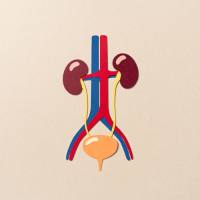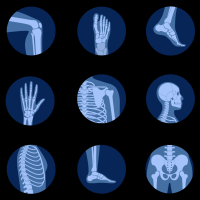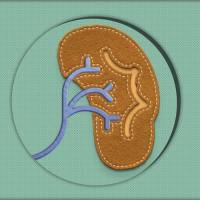【文摘发布】ApoB/apoA-I比率:美国非糖尿病个体胰岛素抵抗的独立预测因素
Justo Sierra-Johnson1,2, Abel Romero-Corral1, Virend K. Somers1, Francisco Lopez-Jimenez1, Göran Walldius2,3, Anders Hamsten2, Mai-Lis Hellénius2,4 and Rachel M. Fisher2,*
1 Department of Internal Medicine, Division of Cardiovascular Diseases, Mayo Clinic and Foundation, Rochester MN, USA
2 Department of Medicine, Atherosclerosis Research Unit, King Gustaf V Research Institute, Karolinska Insititutet, Karolinska University Hospital, S-171 76, Stockholm, Sweden
3 AstraZeneca, Södertälje, Sweden
4 (MLH), Center for Family and Community Medicine, Karolinska Intstitutet Huddinge, Sweden
Background: Recently, the apoB/apoAI ratio has been associated with the metabolic syndrome; however, is unclear if its association with insulin resistance is mediated through traditional risk factors or if it adds an independent risk by itself. The aim of this study was to assess the independent association between apoB/apoAI ratio and insulin resistance in the US non-diabetic population.
Methods: We examined the association between high apoB/apoAI ratio and insulin resistance among 2955 adults (mean age 47 years; 1457 women) without diabetes (fasting glucose 7 mmol/L and not taking diabetes medication), who participated in the Third National Health and Nutrition Examination Survey. Insulin resistance was estimated using the computer homeostatic model assessment (HOMA2) and defined as the upper quartile. The updated ATP-III definition of the metabolic syndrome was used. First, logistic regression was applied to estimate the cross-sectional association between apoB/apoAI (highest quartile vs. lowest quartile) and insulin resistance adjusting for metabolic syndrome components excluding glucose. Finally, multiple linear regression was used to assess the relationships between apoB/apoAI and insulin sensitivity.
Results: Overall, median of apoB/apoAI ratio was significantly higher in subject with insulin resistance than without (0.85, IQR 0.69–0.99 vs. 0.69, IQR 0.56–0.85; P < 0.0001). High apoB/apoAI ratio was independently associated with insulin resistance after adjustment for age and race, and remained significant after further adjustment for metabolic syndrome components, traditional and inflammatory risk factors (in men: OR, 4.12–95% CI, 1.97–8.81; in women: OR, 3.69–95% CI, 1.94–7.27). When apoB/apoAI was considered as a quantitative trait rather than dichotomized, use of the ratio improved the prediction of HOMA2 independently of metabolic syndrome components, traditional and inflammatory risk factors (in men: additional R2 = 0.09, P < 0.001; in women: additional R2 = 0.05, P < 0.001).
Conclusion: In the US population, apoB/apoAI ratio is significantly associated with insulin resistance in non-diabetic subjects, independently of the traditional risk factors, metabolic syndrome components, and inflammatory risk factors. Important clinical risk information provided by apoB/apoAI ratio should be recognized and implemented in future clinical guidelines.
Key Words: apoB • apoAI • apoB/apoAI • Insulin resistance • Metabolic syndrome • Risk factors • NHANES • Centres for disease control and prevention • HOMA2
European Heart Journal 2007 28(21):2637-2643; doi:10.1093/eurheartj/ehm360















































